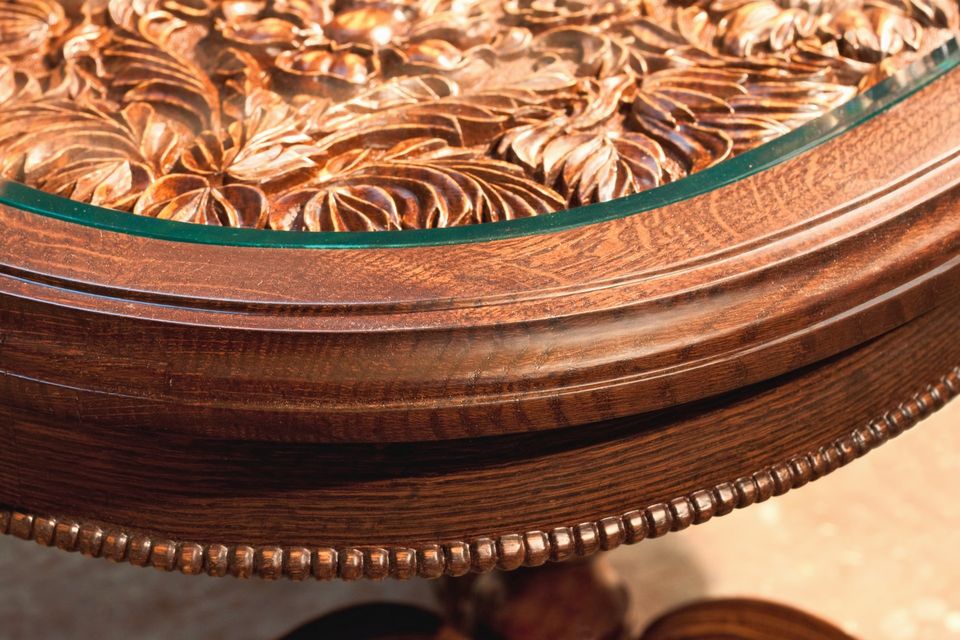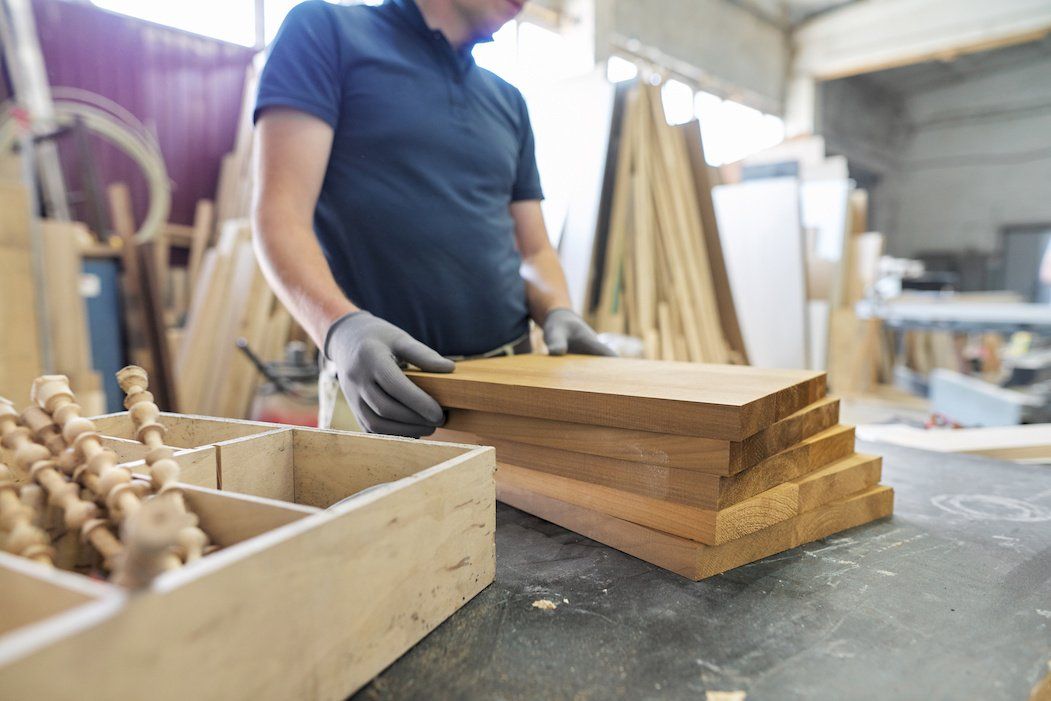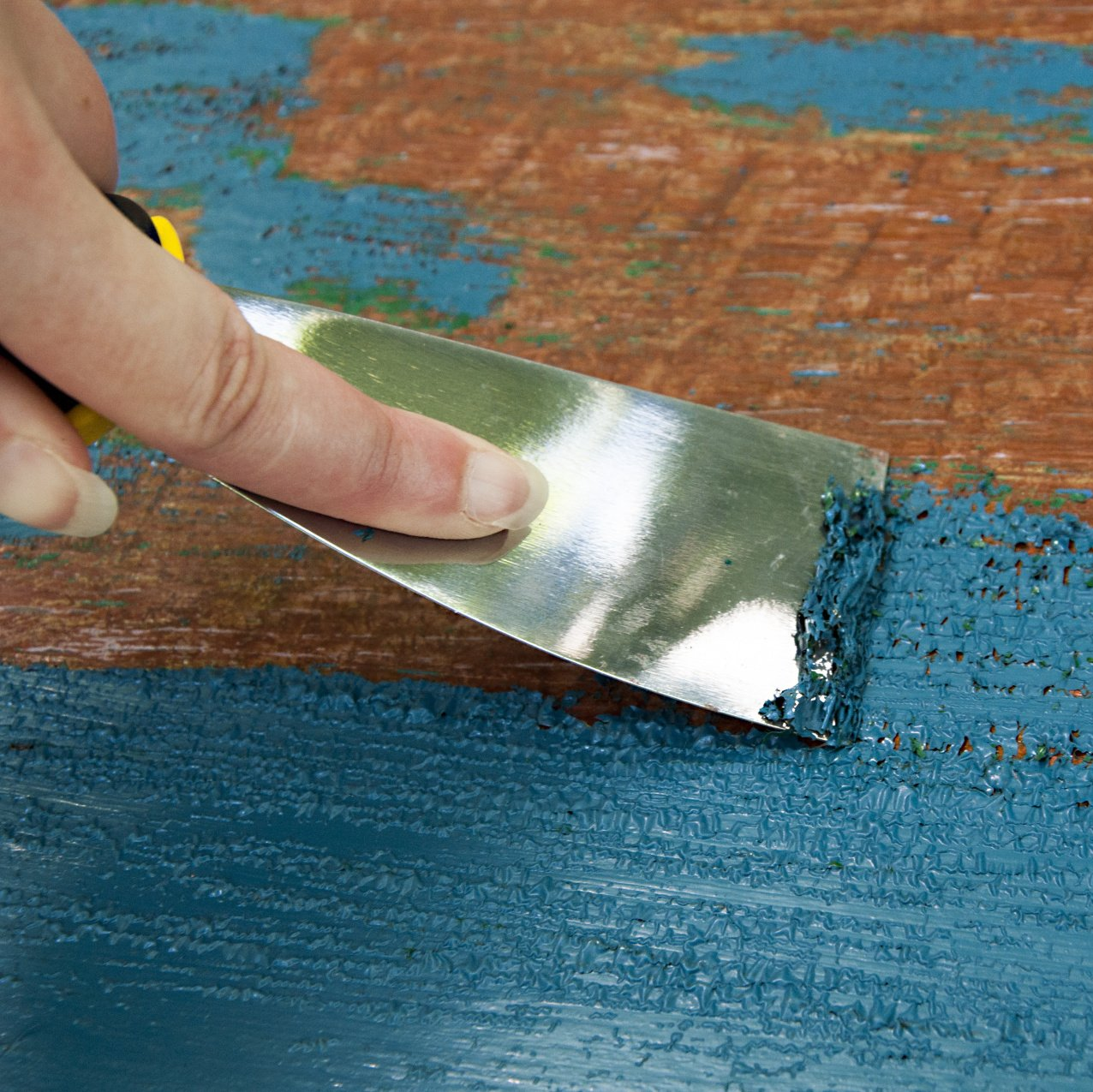Amish Furniture: A Tradition of Excellence
Sam Lutz • July 15, 2019

When the Amish first left Switzerland for Pennsylvania in the 1690s, simplicity was their major goal. Little did we know their way of life would eventually bring such beauty to ours in the form of handmade goods and fine wood furniture. Today, Amish furniture is in high demand, and stands out from anything else.
Handmade Furniture by Skilled Amish Craftsmen
From a young age, the Amish learn specific trades which have been passed down through their families, like farming and carpentry. After about an eighth grade education, members are brought further into the fold by spending the time to perfect a craft which will benefit their families and society both functionally and financially. Given that woodworking is literally a tradition in many families, there’s greater motivation to craft quality products.
Materials and Tools
The way most of us would think about furniture making involves power saws, nails, screws and production lines. Given the simplistic, technology-averse nature of Amish culture, they approach woodworking much differently. From wood quality to the tools and materials used, Amish craftsmen turn woodworking into an artform.
Wood Quality
Purity is guaranteed in each unique piece of furniture. Why? Because Amish woodworkers make a point to never use low grade wood. This means that each piece of wood used in crafting a rocking chair, table, dresser (or whatever else you can think of) uses solid wood rather than fillers or artificial materials like particleboard. Beyond this, craftsmen typically prefer to use oak, maple, mahogany and other woods which are free of imperfections.
Amish craftsmen are sticklers for the quality and appearance of each piece of furniture, so it’s common for individual pieces of wood to be thoroughly checked for flaws and for how each will fit into the finished product.
Power or Manual?
Most of us know the Amish don’t use modern technology, including electricity. So how do they efficiently construct complex furniture pieces? Various hand tools are common, like auger drills and saws, but “power” tools are pretty common. Using a few tricks up their sleeves, these artisans use pneumatic (air) tools powered by diesel compressors, as well as generators to operate complex systems of pulleys. The rest? It’s called “getting you hands dirty” for a reason. In addition to various manual tools to get the job done, workers secure each piece with joints— mortise-and-tenon joints to form a right angle, dovetail joints to hold the corners together and tongue-in-groove joints to sturdily connect boards side-by-side lengthwise—instead of screws.
Unique Features of Amish Furniture
Because Amish furniture is handcrafted, workers have the freedom to put their mark on each piece. Seasoned furniture makers express their skill and creativity by incorporating chiseled and hand-carved designs into the wood, making each piece its own. Intriguingly, some workers go so far as to hide secret compartments—like drawers and bins—into pieces like tables and bookcases. What a place to stash that spare cash!
Shop Amish Craftsmanship at Ace Paints and Unfinished Furniture
Amish furniture has been revered for its artistry and unparalleled quality since the 18th century, and it’s easy to see why. The fact is, no two pieces are exactly alike, providing you with something truly unique, and the standard of excellence for these pieces never wavers.
Contact Ace to discuss your needs, or shop online to furnish your home the Amish way.

One of the wonderful things about good wood furniture is that it doesn’t have to be merely functional. It can be beautiful as well. We’ve seen some amazing pieces made with wood stains that are more than just furniture, they’re works of art. So if you’ve got an old table, desk or other piece of wood furniture that needs jazzed up, why don’t you consider using some of our great stains to try one of these ideas.









